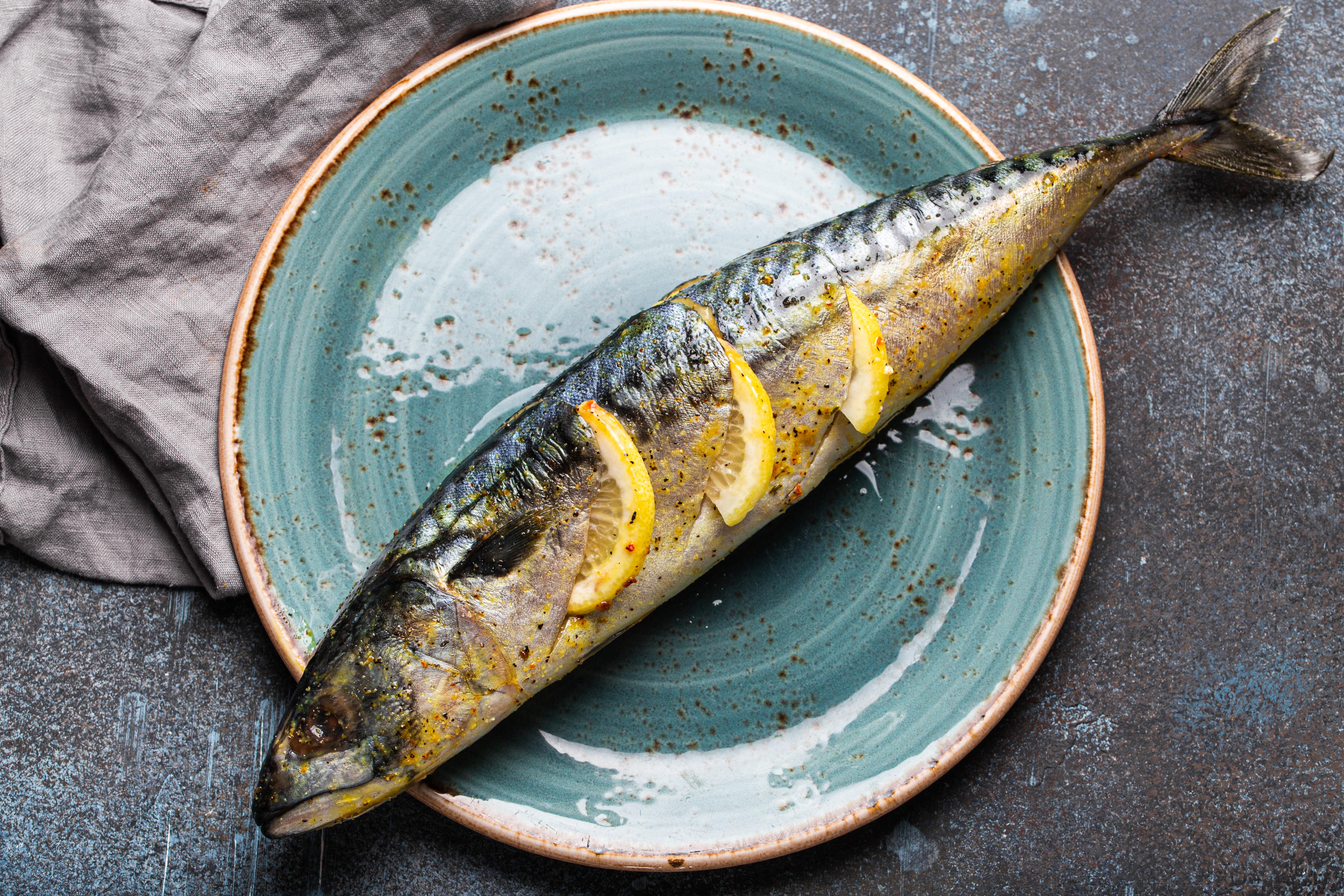Eat This, Not That: The Anti-Inflammatory Swap Guide for Your Pantry
5. Incorporate More Fatty Fish Instead of Red Meat

Red meat, particularly when processed, can contribute to inflammation and is often linked to various health issues. Fatty fish, such as salmon, mackerel, and sardines, are rich in omega-3 fatty acids, which are known for their anti-inflammatory effects. These healthy fats support heart health, brain function, and reduce inflammation throughout the body. Incorporating fatty fish into your diet a few times a week can significantly improve your overall health. Grill, bake, or poach these fish for a delicious main course, or add them to salads and sandwiches for a nutrient-packed meal.
6. Use Herbs and Spices Instead of Salt

Excessive salt intake can lead to inflammation and high blood pressure. Herbs and spices are a flavorful and healthful alternative, offering a myriad of anti-inflammatory benefits. Turmeric, ginger, garlic, and cinnamon, for example, are powerful anti-inflammatories that can enhance the taste of your dishes while supporting your health. These ingredients can be used in a variety of cuisines, from curries to soups to baked goods, providing depth and complexity to your meals without the need for additional salt. Experiment with different combinations to discover new flavors and health benefits.
